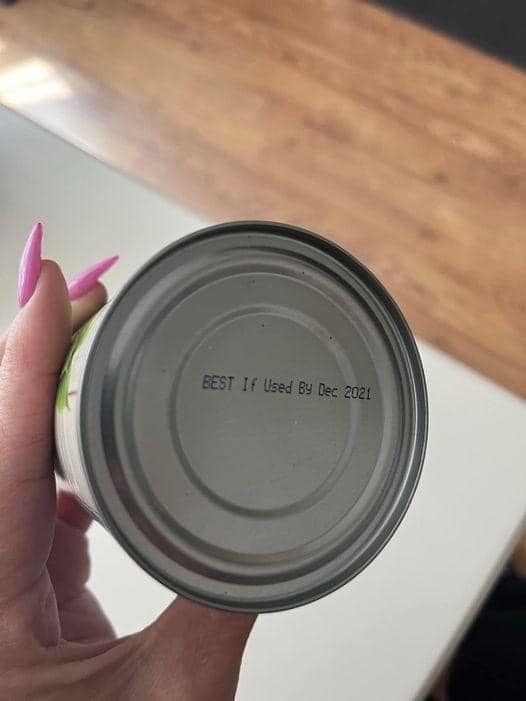Here’s What You Need to Know About Food Expiration Dates
Food Expiration Dates: More About Quality Than Safety: Ever wondered about those dates on your food packaging? Turns out, they’re not as strict as they seem. The USDA emphasizes that these dates are about quality, not safety. “Before tossing that yogurt, consider the bigger picture,” they advise.
Understanding Expiration Labels: Labels like “Best if Used By,” “Use By,” and “Sell By” can confuse. But they’re not strict deadlines; they mark peak quality. “Best if Used By” indicates prime flavor, while “Use By” suggests optimal quality. “Sell By” guides retailers, not consumers.
Reducing Food Waste: Around 30% of US food is wasted yearly, partly due to reliance on expiration dates. But many foods are safe past these dates. Eggs last 3-5 weeks post-purchase; fresh chicken and meat can last a day or two beyond “Sell By.” Milk remains drinkable for about a week after “Best if Used By.”
Detecting Spoilage and Preventing Waste: Signs like mold, odors, or strange textures mean it’s time to toss. Proper storage—fridge at 40°F (4°C), freezer at 0°F (-18°C)—is key to freshness. By understanding labels and using our senses, we can cut down on waste. So, next time you eye that condiment jar past its “Use By” date, remember, it might still be good—and eco-friendly too.




